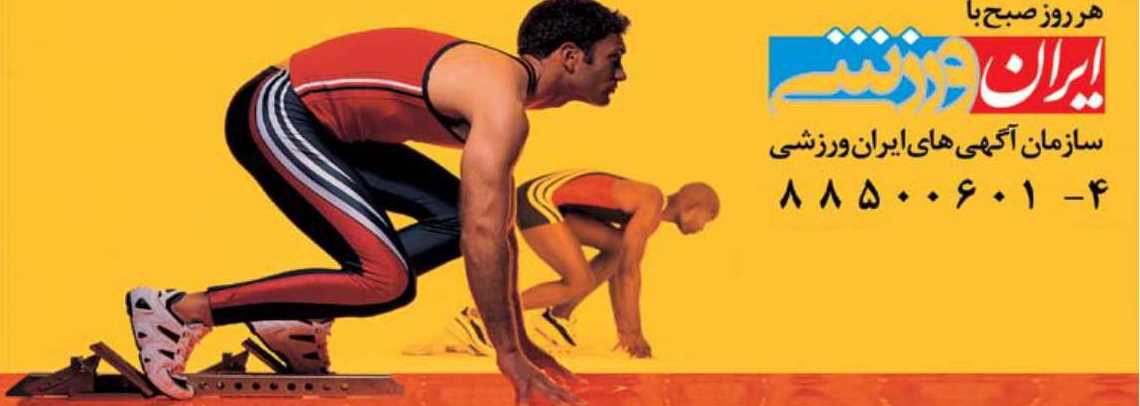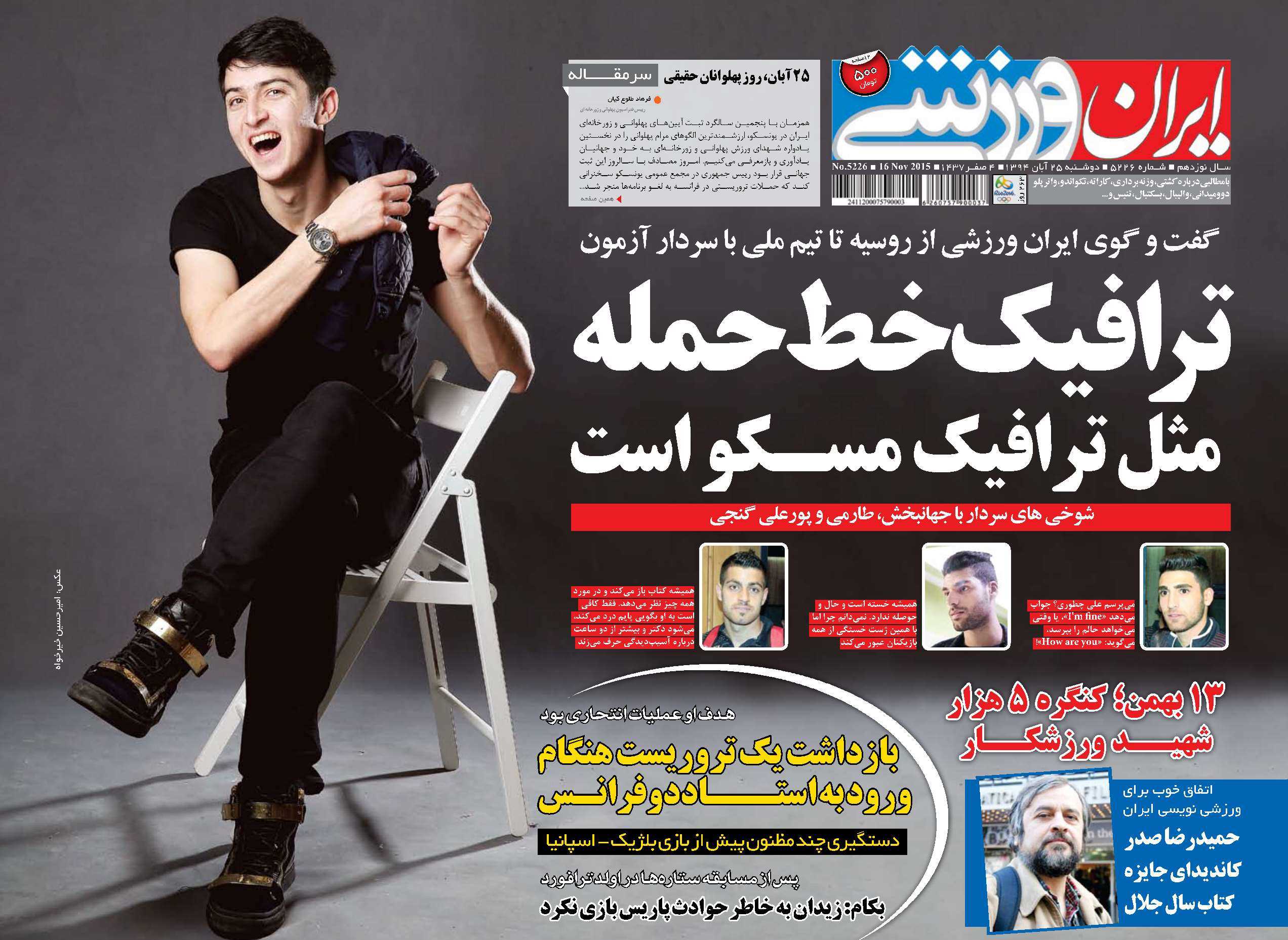|
|
میثم نقیزاده:
شرایط نفت فنی و غیر فنی خوب نبود
مهدی تارتار
امیدوار به جام حذفی
مجتبی حقدوست
بازی با رباط پاره
چرخابی: جذب بازیکنان معمولی خارجی فقط مشکلات باشگاهها را بیشتر میکند
مورایس گاهی تماشاگر میشود
قنبری: در جام حذفی هم استقلال را شکست میدهیم
محمد قنبری در خصوص درخشش خود در بازی با استقلال، اینطور حرف میزند: «تمامی بازیکنان مقابل استقلال نمایش فوقالعادهای داشتند و من هم توانستم با کمک آنان دو گل به ثمر برسانم. ما در این بازی علاوه بر کسب سه امتیاز، فوتبال زیبا و چشمنوازی به نمایش گذاشتیم و فکر میکنم تمامی فوتبالدوستان از تماشای بازی تراکتور مقابل استقلال لذت بردند.» مصاحبه
|
|
آدرس مطلب:
آدرس مطلب:
آدرس مطلب:
آدرس مطلب:
آدرس مطلب:
آدرس مطلب:
|































